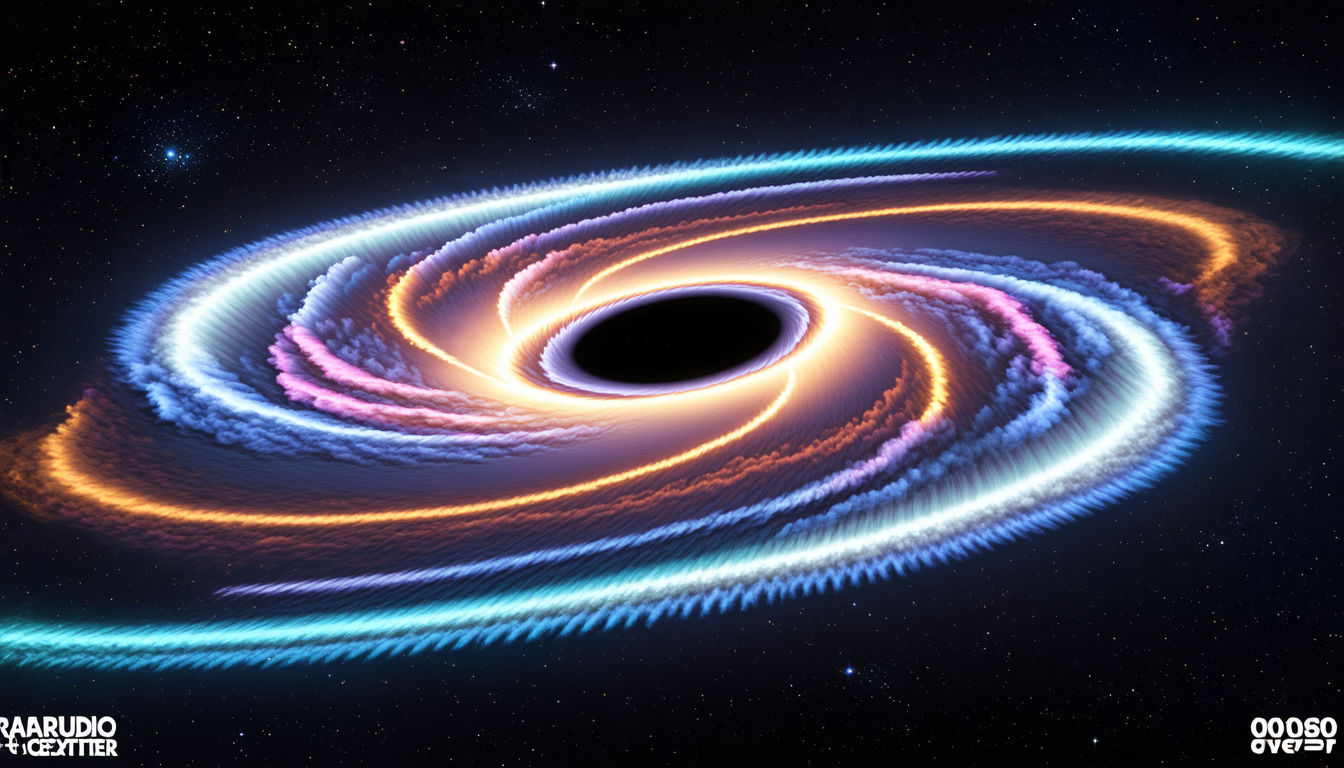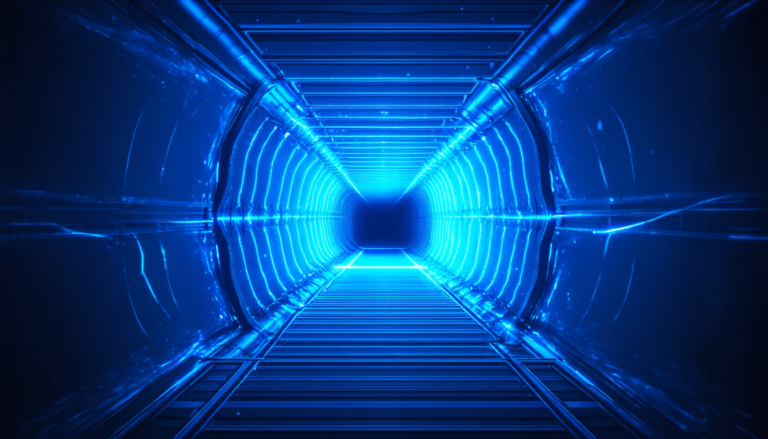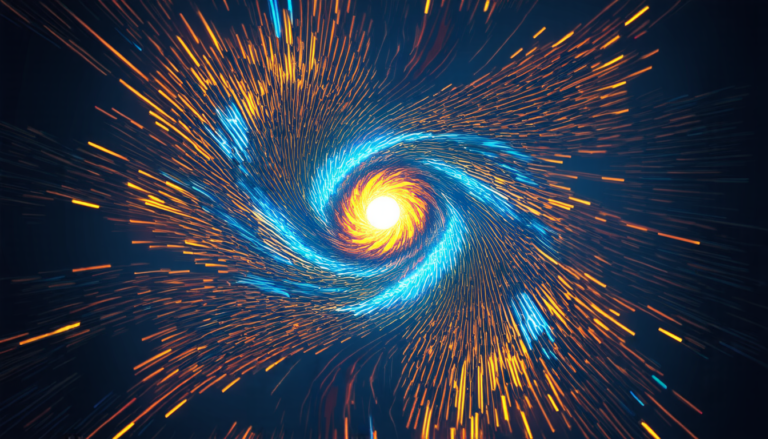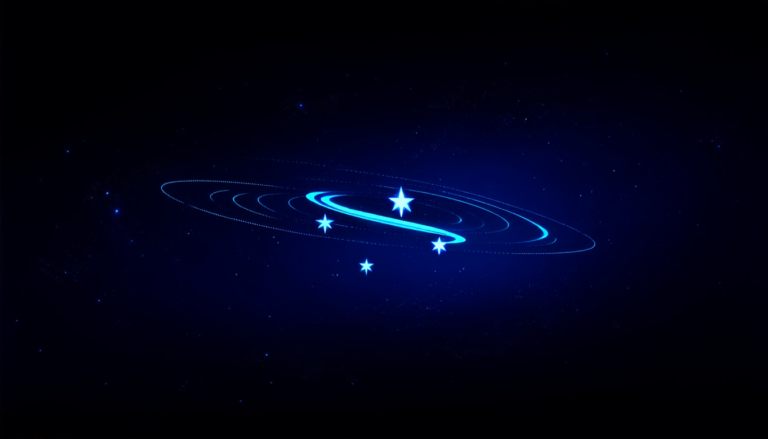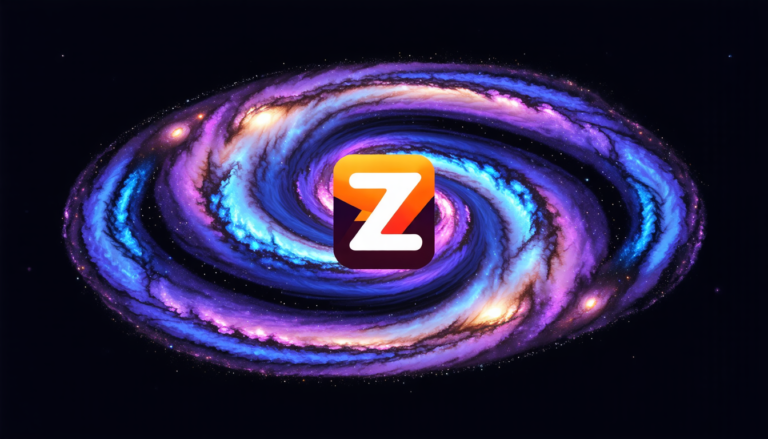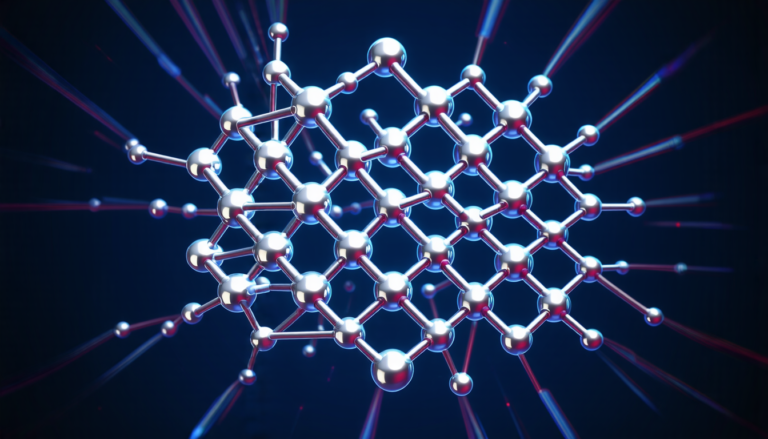Wednesday 06 August 2025
Scientists have long been fascinated by the intricate dance between stars and supermassive black holes at the centers of galaxies. A recent study has shed new light on this cosmic ballet, providing a detailed look at the starburst galaxy NGC 4527.
Located about 40 million light-years away from Earth, NGC 4527 is a spiral galaxy with both starburst and active galactic nucleus (AGN) features. The AGN is fueled by a supermassive black hole, which injects energy into its surroundings through jets, winds, and radiation. Meanwhile, the starburst activity is driven by the collapse of molecular clouds, triggering the formation of new stars.
Using data from the upgraded Giant Metrewave Radio Telescope (uGMRT) at 700 and 1230 MHz, researchers have created high-resolution radio maps of NGC 4527’s large-scale structure and nuclear region. These maps reveal extended emission tracing the stellar disk, with no evidence of a radio halo. The spectral index distribution and the presence of polycyclic aromatic hydrocarbons (PAHs) across the disk are consistent with ongoing star formation.
In the galaxy’s nucleus, three compact sources were resolved: one at the galactic center and two symmetrically aligned with the major axis at around 400 parsecs from the center. The spectral index values and the destruction of PAHs in the central source suggest the presence of a low-luminosity AGN. This is supported by previous detection of X-ray emission.
The researchers also found evidence for a star formation ring, coincident with a molecular gas ring previously reported. They propose that super-Eddington accretion onto the black hole drives a dense wind that falls back onto the disk, triggering star formation in this circumnuclear ring.
This study provides new insights into the complex interplay between stars and supermassive black holes. By understanding how these galaxies evolve, scientists can better grasp the role they play in shaping the universe as we know it today.
The research highlights the importance of multi-wavelength observations to fully comprehend the intricate relationships within galaxy centers. As scientists continue to explore the mysteries of NGC 4527 and other similar galaxies, they will uncover more secrets about the dynamic dance between stars and supermassive black holes.
In recent years, our understanding of these cosmic interactions has grown significantly, thanks to advances in telescope technology and sophisticated data analysis techniques.
Cite this article: “Unveiling the Cosmic Ballet: A Study of Starburst Galaxy NGC 4527”, The Science Archive, 2025.
Galaxies, Starburst, Supermassive Black Holes, Agn, Radio Telescope, Spiral Galaxy, Star Formation, Molecular Clouds, Pahs, Multi-Wavelength Observations

